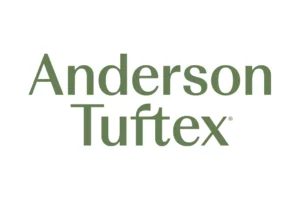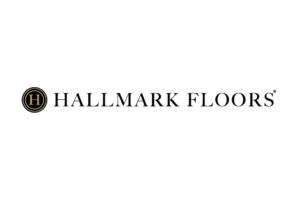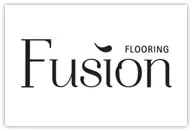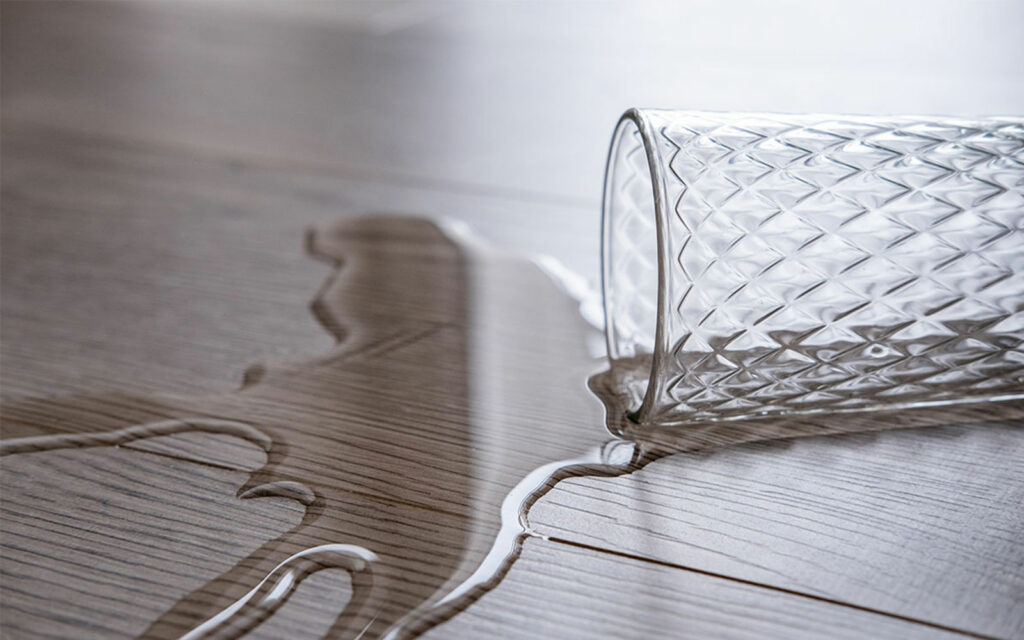
REGULAR HARDWOOD CARE
To keep your hardwood looking and performing like new, establish a care routine. Sweep your flooring regularly, how often depends on how much traffic the room receives. You can also dry mop your hardwood flooring, but don't use any products on your floors without consulting your manufacturer's guide.
Place mats at entryways and remove your shoes when you enter your home to reduce the amount of dirt tracked onto your flooring.
WE CARRY THE BEST BRANDS









HARDWOOD MAINTENANCE
Proper cleaning and maintenance are important to the long life and beauty of your hardwood floor. Typically sweeping or vacuuming is usually adequate to keep your floor clean. Depending on the traffic your floor gets you will occasionally need to clean your hardwood with a terrycloth slightly moistened with hardwood flooring cleaner. There are kits supplied so that you do not have to be on your hands and knees to clean your floor.
*A preferred cleaner would be Bona X Hardwood Floor Cleaner (Available at Joseph’s Flooring)

TIPS:
- Hardwood is a natural product and will expand and contract with changes of relative humidity. Excessive shrinkage and/or swelling can result in the cracking, cupping, and gapping of the floor. It is recommended to keep relative humidity levels between 35% and 55% year round. This can be accomplished by using a dehumidifier, humidifier, and/or air conditioning.
- As a wood floor ages, it will change color and gain its final character. Natural and UV rays will accelerate this aging process, and warranties do not cover damage related to light exposure. To avoid problems and uneven aging due to light exposure, make sure to rearrange rugs, furniture and other objects periodically so the floor ages evenly over time.
- You will want to sweep or vacuum your floor at least bi-weekly to prevent sand or abrasive dust from building up and scratching the finish.
- Use a brush type broom or dust mop when sweeping by hand, or a brush or felt type of vacuum.
- Do not use a vacuum with a beater bar head, and make sure the wheels are clean and free of grit, sand or other abrasive material.
- Place doormats and rugs outside and inside every entrance to the house. This will reduce the amount of sand and abrasive dust that is brought inside.
- Consider the use of runners and area rugs in excessive traffic areas and pivot points of stair landings and room entrances.
- Place a rug in front of the kitchen sink, wet bars, dishwashers, and other work areas to prevent damage from spilled fluids and dropped items.
- Remove all spills promptly using a soft cloth as water from spills can cause damage to any wood floor.
- Never wet mop, damp mop or flood your floor with water or other products. Excess water will cause cupping, swelling and subsequent gapping. Standing fluids can also dull the finish, damage the wood, leave a discoloring residue, and void the warranty.
- Do not use sheet vinyl or tile floor care products on wood floors, as they will dull the finish and cause the floor to be slippery.
- Do not use cleaners that contain pine soap, lemon oil, oil soap, chlorine bleach, silicon, ammonia, and any other abrasive cleaners. They might scratch the surface, react with the floor’s finish, and negatively affect the long-term performance of your floor. Use of non-approved cleaners will also void the warranty.
- Place protective pads beneath furniture legs and feet to protect the floor. This will also make the furniture easy to move when cleaning.
- Use dollies, thick fabric pads, or carpet scraps soft side down when moving heavy objects.
- Keep pets’ nails trimmed and paws clean of dirt, debris and oils as they may affect the condition of the floor.
- Avoid walking on wood floors with cleats, sport shoes, and high spiked heels, as there is a high risk of scratching and denting.

